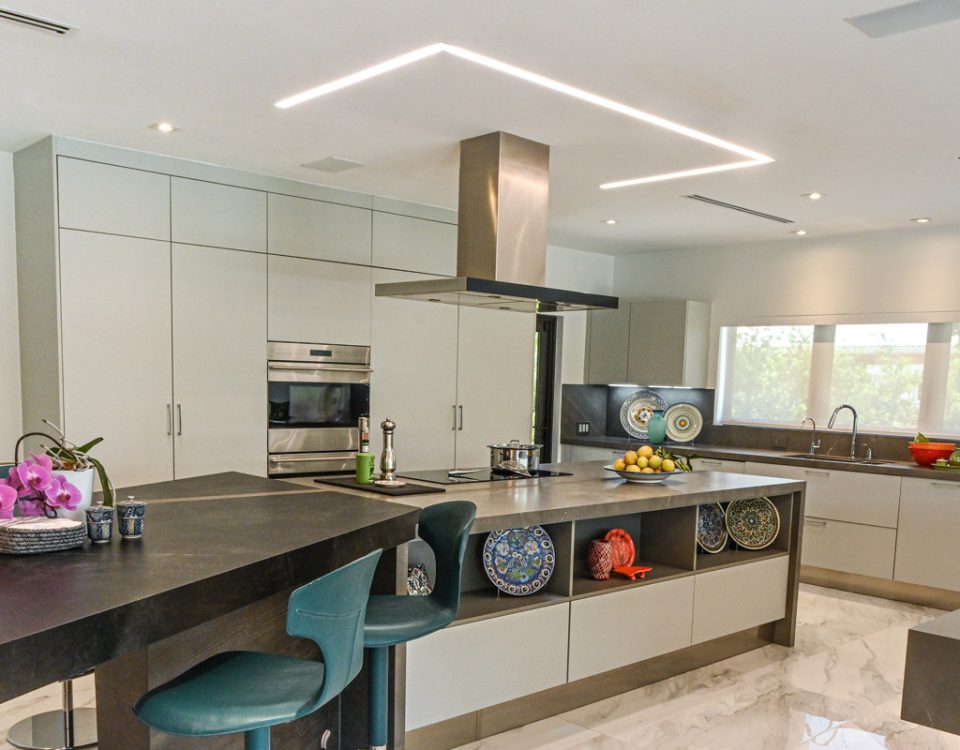Important tips to know before ordering replacement door hardware.

A well-maintained entryway door can last a lifetime if taken care of properly. Maintenance may include switching out the door’s existing hardware when it becomes worn. Or, when updating the look of the exterior of your home, a refinish of your entry door (or doors) might be called for, which should include an update to your door’s hardware to complete the new look. Knowing what you are looking for in replacement door hardware can save you hours of retrofitting headaches that might even damage the door. Accurately purchasing what you need will help you avoid those return trips to get the parts that fit right.
Door Thickness
Knowing the door’s thickness is the first step in getting the right hardware for it. Standard doors range from 1 ⅜” to 1 ¾”.
Back Set Dimensions
Back set is the distance from the edge of your existing door to the center of the door handle/lever/deadbolt hole. Standard doors generally use a 2 ¾” to 2 ⅜” back set. This is determined by measuring from the edge of the door to the center of the hole where the lever or knob sits or where the deadbolts will be installed.
Handing of Door
Knowing how your door swings open is key to getting the correct hinges for it. For example, if you are on the outside of the door and the door swings in to the right, this would be considered a right-hand inswing. If the door swings out to the right, this would be a right-hand reverse. The same would apply to left-hand swing doors.
Mortise Lock Back Set Dimensions
A mortise lock is a lock that requires a pocket, or mortise, to be cut into the door edge. Much like measuring for a back set, this is determined by measuring from the edge of the door to the center of the hole where the lever or knob sits or where the deadbolts will be installed.
Most common mortise lock back sets are 2 ½” to 2 ¾” although there are some companies that produce them in 1 ½ to 2”.
Hinge size
After you’ve determined how your door swing you need the dimension of the hinges. Hinges come in four standard sizes: 3”, 3 ½”, 4”, 4 ½”. Check the top edge of the hinges. Most will have a square edge, but some will have a rounded radius in the corners, typically a ¼” to ⅝” radius. Check the hinge’s existing hole pattern as this can vary from hinge to hinge (zig-zag, straight or checkered).
When heading out to purchase your door hardware you should bring along detailed pictures of your existing doors, inside and out, as well as detailed pictures of the hardware, just in case any questions arise while making your choice. Make it a point to see the hardware up close before you buy the parts, as they might look great on your computer screen but the differences in patina and texture will make a huge difference when you see them in person.
If you have any additional questions on your next door hardware purchase, please feel free to contact me at Dan.swepeniser@farreys.com.





